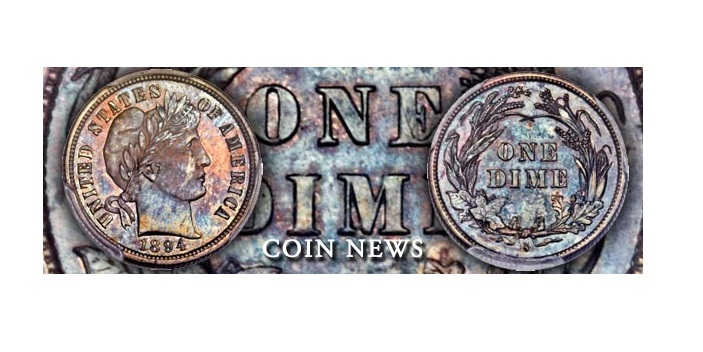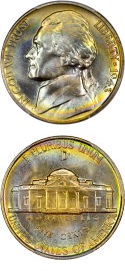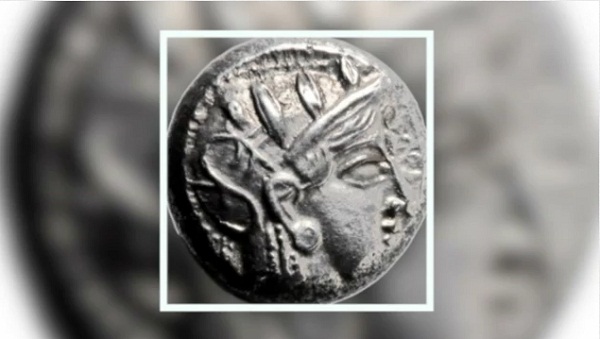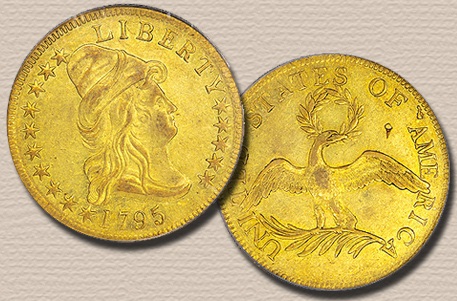Heritage Auctions Coin News- 1894-S Barber Dime leads Heritage Tampa, FL FUN Platinum Night offerings *NOTE Jan8th 2016 Canadian Press picks up our story and updates–
1894-S 10C Branch Mint PR66 PCGS Secure. CAC 1894-S 10C Branch Mint PR66 PCGS Secure. CAC
An 1894-S Barber Dime, Branch Mint PR66 PCGS CAC, the finest known survivor, will offer one collector a once-in-a-generation opportunity to own one of the most famous, mysterious and elusive coins in American numismatics when it comes to auction on Thursday, Jan. 7, 2016, as the centerpiece of Heritage Auctions’ Platinum Night offerings at the FUN Convention in Tampa, FL.
This is just the fourth auction appearance in history of this celebrated rarity. 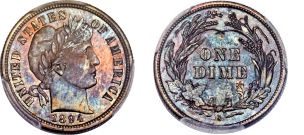
“The 1894-S Barber dime is a classic in American coinage,” said Greg Rohan, President of Heritage Auctions. “This legendary coin is often grouped with the 1804 dollar and the 1913 Liberty nickel as ‘The Big Three’ of U.S. coin rarities. It has been the stuff of collector dreams since it was first mentioned in the numismatic press by Augustus Heaton in 1900.”
Only 24 Barber dimes were struck at the San Francisco Mint in 1894, apparently in order to balance a bullion account. No more than nine – and possibly only eight – examples of the 1894-S are known to collectors today, with this coin being the finest survivor certified by PCGS.
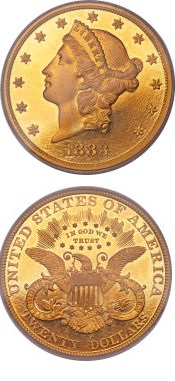 Many collectors in Tampa will have their eye on the 1870-S Silver Dollar XF40 PCGS, ex: Ostheimer-Gardner, the fourth finest known example of this landmark rarest regular issue silver dollar, that will be on offer, as well as a storied error issue in the form of a 1943-S 1C Struck on a Bronze Planchet AU55 PCGS Secure, the third finest graded at PCGS and the third-finest of six confirmed examples.
Many collectors in Tampa will have their eye on the 1870-S Silver Dollar XF40 PCGS, ex: Ostheimer-Gardner, the fourth finest known example of this landmark rarest regular issue silver dollar, that will be on offer, as well as a storied error issue in the form of a 1943-S 1C Struck on a Bronze Planchet AU55 PCGS Secure, the third finest graded at PCGS and the third-finest of six confirmed examples.
Topping the gold offerings at FUN are an 1849-C G$1 Open Wreath MS62 PCGS Secure, Ex: Richmond Collection, the finest-known specimen and one of the rarest and most valuable coins in the U.S. gold series, along with an 1804 Quarter Eagle, 13 Stars Reverse, AU55 PCGS Secure CAC, the second finest known example of the exceedingly rare BD-1 Variety.
Further highlights include, but certainly are not limited to: •1792 Fusible Alloy Cent VF35 PCGS Secure CAC, Ex: Simpson
•1861 Original CSA Cent MS64+ PCGS Secure CAC, Ex: Simpson: Probably the finest known
•1943 Cent Struck on a Bronze Planchet AU58 PCGS Secure CAC, Ex: Simpson
•1792 Half Disme MS62 PCGS Secure, Ex: Simpson
•1792 Disme Fine 15 NGC
This auction is open for bidding now at www.HA.com/coins.
Seldom Seen Selections: 1883 double eagle, A classic Proof-only rarity
1883 $20 PR65 Deep Cameo PCGS
1883 $20 PR65 Deep Cameo PCGS
The 1883 is the first of three proof-only Liberty Head double eagle issues, struck during a period when the demand for gold and silver coinage was at an all-time low for the second half of the 19th century. The 1883, 1884, and 1887 double eagle issues, each proof-only, were struck in reported amounts of 92, 71, and 121 pieces, respectively.
The Gem Deep Cameo proof 1883 twenty dollar in our January 6-11 FUN US Coins Signature Auction , certified by PCGS as Proof-65 Deep Cameo, is among the few finest survivors of the issue, regardless of contrast level. PCGS shows eight Deep Cameo submissions of the 1883 (likely including duplicates): one in PR62, two each in PR64 and PR65 (one of which is this piece), and three PR66. NGC’s population data show three Ultra Cameo grading events for the issue, the finest of which is a single example in PR66 . Again, there is likely some overlap between these 11 Deep/Ultra Cameo certified pieces. Walter Breen’s Proof Encyclopedia comments that “there may be as many as 20 survivors,” of course including all contrast levels (non-Cameo and Cameo as well as Deep-Ultra). More recently, the second edition of Jeff Garrett and Ron Guth’s Gold Encyclopedia provides these clues:
“The 1883 double eagle was struck only in Proof format. Of the reported mintage of 92 coins, it is nearly certain that not this many were released. There are about 20 examples known in all levels of preservation, These include two examples in the Smithsonian and others placed in museum collections. The 1883 double eagle is one of the classic rarities of the series. The demand for this Proof-only issue has always been high. In recent years interest in the issue has surged. …”
The authors conclude by citing a 2006 auction record of $212,750 for a PR65 Cameo NGC example, undoubtedly from our FUN Signature (Heritage, 1/2006), lot 3580. We find no later auction offerings of PR65 Cameo examples, but with the Deep Cameo contrast of this coin, we find a more-recent sighting in the same grade and service as this piece. Lot 5566 in our FUN Signature (Heritage, 1/2014), was a PR65 Deep Cameo PCGS example that brought a healthy $282,000 – a coin of comparable quality to the present piece.
As the old sayings goes, “There are lies, damned lies, and statistics,” and nowhere else does this apply more so than in the rarefied realms of top-quality U.S. numismatic items — and proof gold in particular, the Beluga caviar of collecting. Despite estimates of how many were struck of a given issue or exactly how many might survive today, the fact is, auction offerings of proof Liberty Head double eagles of this caliber are infrequent indeed, and there are far more collectors who desire one than the forthright bidder who will actually obtain this piece.
Perusal of this coin without a loupe reveals consistent, deep sunset-orange coloration in the highly reflective fields, producing extreme contrast with the frosted devices which were the deepest, unpolished parts of the proof die. A loupe shows a tiny touch of hazel on the lower neck at JBL for a pedigree marker, along with a tiny glossy area on a tail feather above the D(OLLAR), apparently a small planchet flaw, as made. There are small unfinished areas at the bottom of some of the vertical shield stripes. There are simply no distractions on this immaculate coin.
